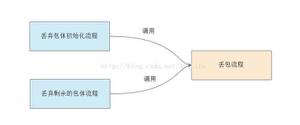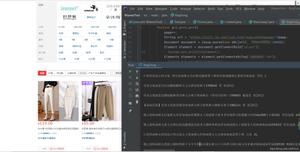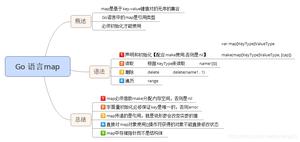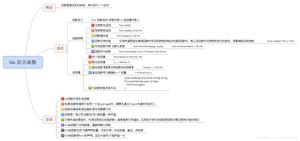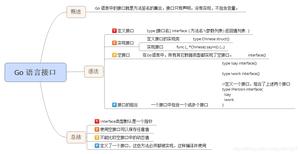Python基于opencv的图像压缩算法实例分析
本文实例讲述了Python基于opencv的图像压缩算法。分享给大家供大家参考,具体如下:
插值方法:
CV_INTER_NN - 最近邻插值,
CV_INTER_LINEAR - 双线性插值 (缺省使用)
CV_INTER_AREA - 使用象素关系重采样。当图像缩小时候,该方法可以避免波纹出现。当图像放大时,类似于 CV_INTER_NN 方法..
CV_INTER_CUBIC - 立方插值.
函数 cvResize 将图像 src 改变尺寸得到与 dst 同样大小。若设定 ROI,函数将按常规支持 ROI.
程序1:图像压缩(第一版)
# coding=utf-8
import time
time1 = time.time()
import cv2
image=cv2.imread("c:/1.jpg")
res = cv2.resize(image, (1280,960), interpolation=cv2.INTER_AREA)
# cv2.imshow('image', image)
# cv2.imshow('resize', res)
# cv2.waitKey(0)
# cv2.destroyAllWindows()
cv2.imwrite("C:/5.jpg",res)
time2=time.time()
print u'总共耗时:' + str(time2 - time1) + 's'
4.19M—377k 压缩了11倍
程序2:图像压缩(第二版)
#-*-coding:utf-8-*-
#############设置编码################
import sys
reload(sys)
sys.setdefaultencoding('utf-8')
###################导入计算机视觉库opencv和图像处理库PIL####################
from PIL import Image
from PIL import ImageEnhance
from PIL import ImageFilter
import cv2
import time
time1 = time.time()
####################读入图像###############################
image=cv2.imread("c:/pic//0.jpg")
####################双三次插值#############################
res = cv2.resize(image, (1280,960), interpolation=cv2.INTER_AREA)
####################写入图像########################
cv2.imwrite("C:/pic/101.jpg",res)
###########################图像对比度增强##################
imgE = Image.open("c:/pic/101.jpg")
imgEH = ImageEnhance.Contrast(imgE)
img1=imgEH.enhance(2.8)
########################图像转换为灰度图###############
gray = img1.convert("L")
gray.save("C:/pic/3.jpg")
##########################图像增强###########################
# 创建滤波器,使用不同的卷积核
gary2=gray.filter(ImageFilter.DETAIL)
gary2.save("C:/pic/2.jpg")
#############################图像点运算#################
gary3=gary2.point(lambda i:i*0.9)
gary3.save("C:/pic/4.jpg")
# img1.show("new_picture")
time2=time.time()
print u'总共耗时:' + str(time2 - time1) + 's'
4.17M–>290kb
程序3:函数版本
#-*-coding:utf-8-*-
#############设置编码################
import sys
reload(sys)
sys.setdefaultencoding('utf-8')
############导入计算机视觉库opencv和图像处理库PIL####################
from PIL import Image
from PIL import ImageEnhance
from PIL import ImageFilter
import cv2
import time
time1 = time.time()
########################自定义图像压缩函数############################
def img_zip(path,filename1,filename2):
image = cv2.imread(path+filename1)
res = cv2.resize(image, (1280, 960), interpolation=cv2.INTER_AREA)
cv2.imwrite(path+filename2, res)
imgE = Image.open(path+filename2)
imgEH = ImageEnhance.Contrast(imgE)
img1 = imgEH.enhance(2.8)
gray1 = img1.convert("L")
gary2 = gray1.filter(ImageFilter.DETAIL)
gary3 = gary2.point(lambda i: i * 0.9)
gary3.save(path+filename2)
################################主函数##################################
if __name__ == '__main__':
path=u"c:/pic/"
filename1="0.jpg"
filename2="1.jpg"
img_zip(path,filename1,filename2)
time2 = time.time()
print u'总共耗时:' + str(time2 - time1) + 's'
更多关于Python相关内容可查看本站专题:《Python数学运算技巧总结》、《Python图片操作技巧总结》、《Python数据结构与算法教程》、《Python函数使用技巧总结》、《Python字符串操作技巧汇总》及《Python入门与进阶经典教程》
希望本文所述对大家Python程序设计有所帮助。
以上是 Python基于opencv的图像压缩算法实例分析 的全部内容, 来源链接: utcz.com/z/313266.html

